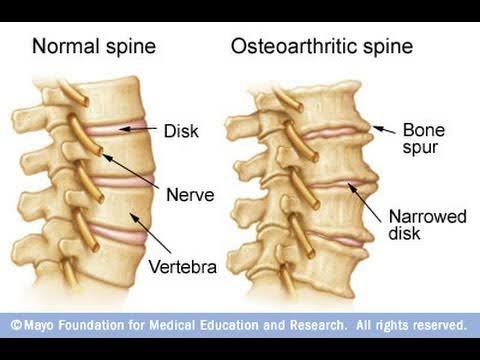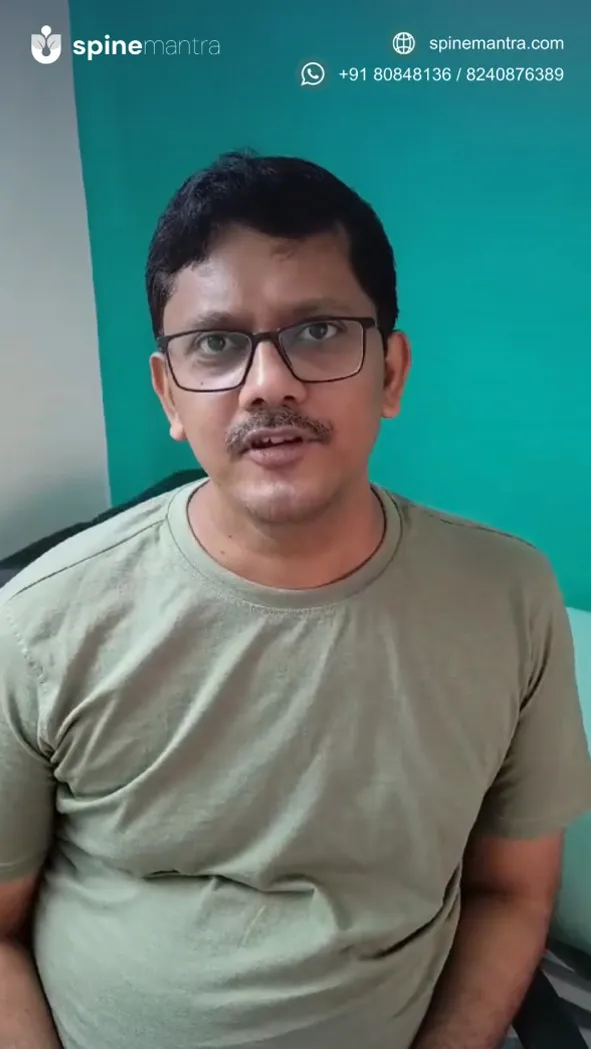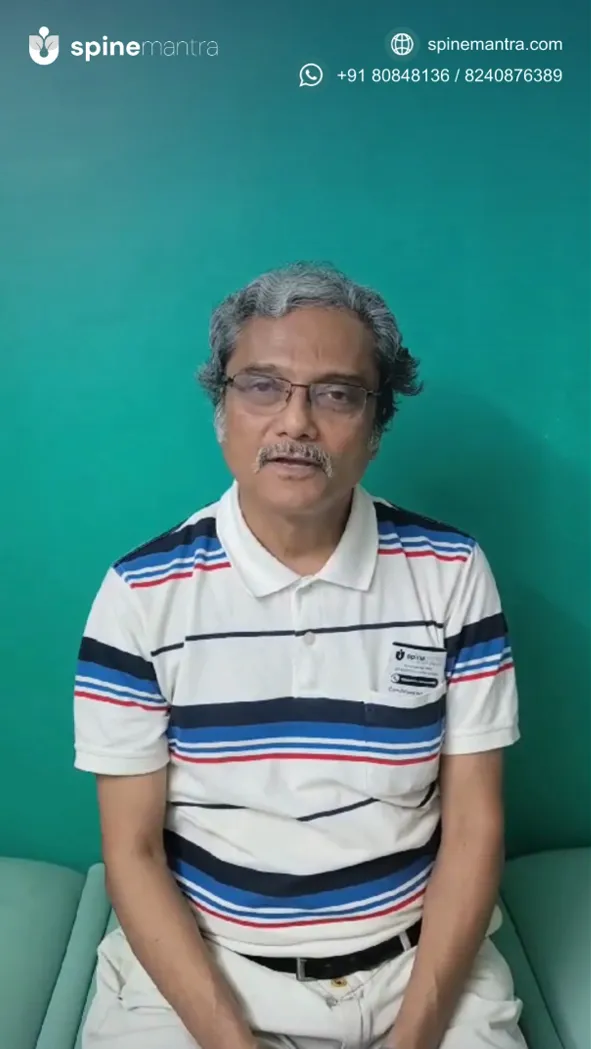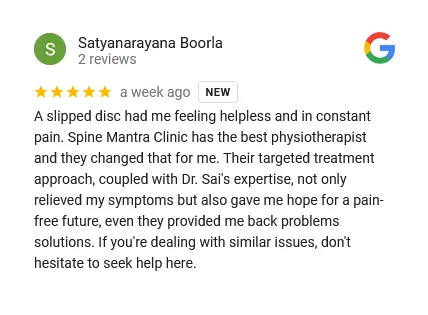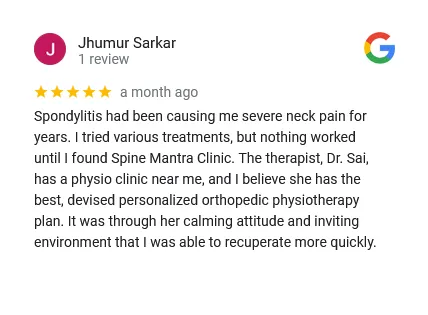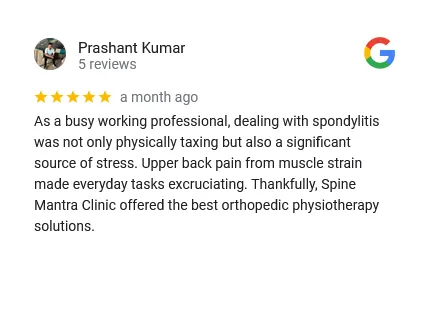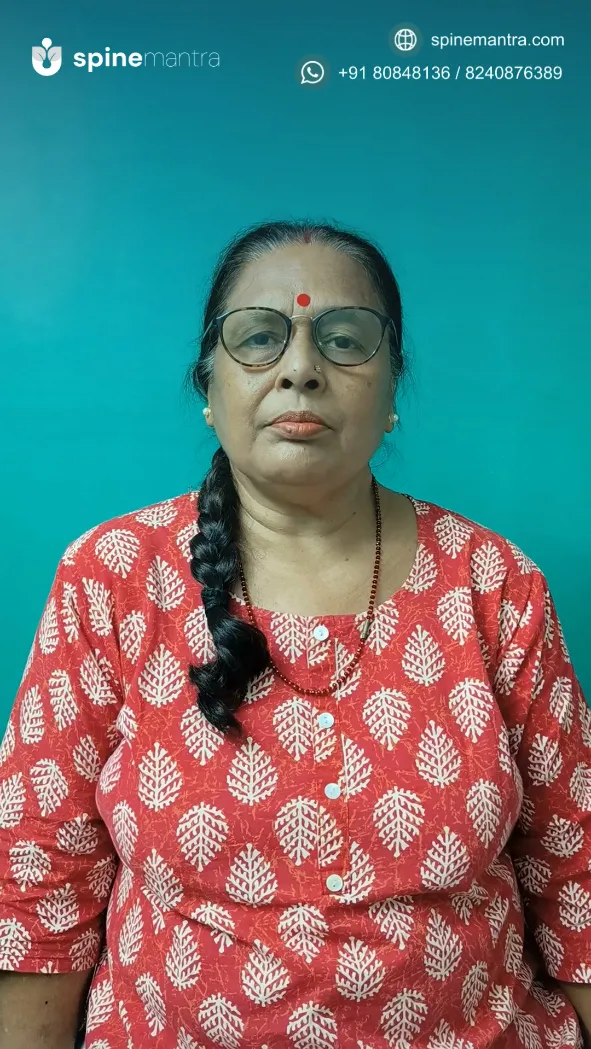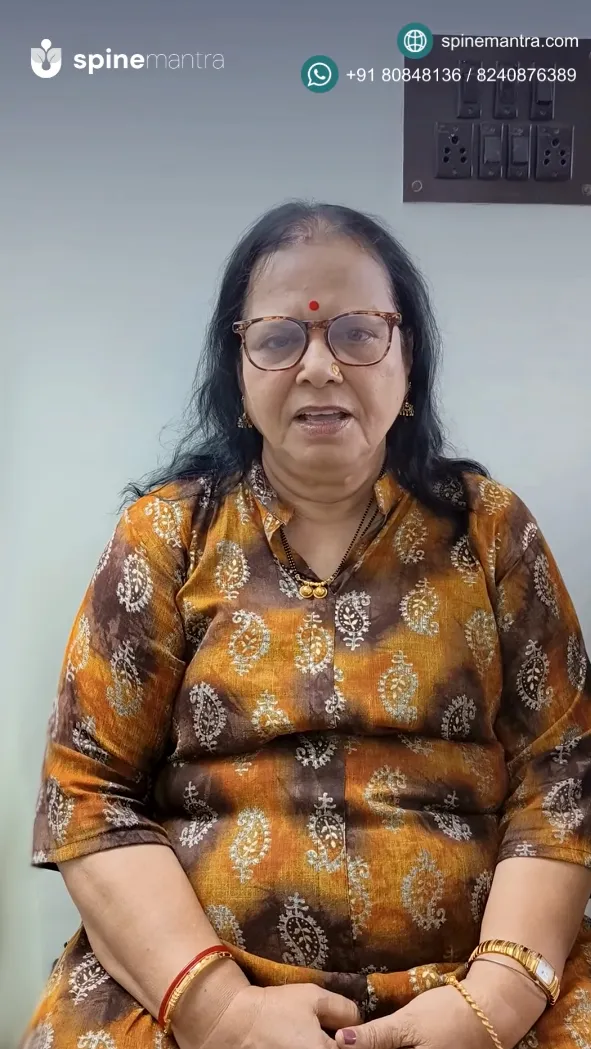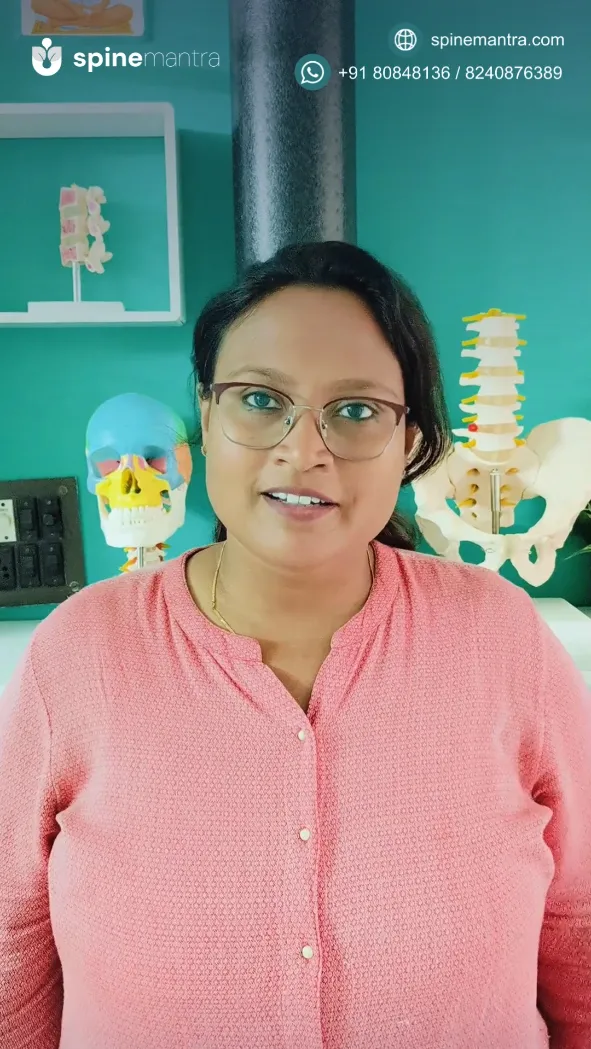Spinal Arthritis
Inflammation of the facet joints in the spine or sacroiliac joints between the spine and the pelvis.
Request an AppointmentSpinal arthritis is inflammation of the facet joints in the spine or the sacroiliac joints between the spine and the pelvis. It can be caused by wear and tear, autoimmune disorders, spinal infections, and other conditions. Sometimes, the inflammation may also affect the insertions of ligaments and tendons attached to the bones of the spine. Regardless of location, arthritis in the back or neck can be painful and often becomes chronic.
Osteoarthritis is the most common type of arthritis that affects the spine.
Arthritis can occur anywhere along the spine but is more frequent in the lower back and neck.
Pain and stiffness are the most common symptoms of spinal arthritis.
Genetic components have been identified in connection with some forms of spinal arthritis, meaning that it may be hereditary.
Other spinal arthritis risk factors include:
- Age
- Excess weight/obesity
- Presence of certain conditions such as diabetes, gout, psoriasis, tuberculosis, irritable bowel syndrome, and Lyme disease.
Spinal Arthritis
- Osteoarthritis of Spine
Osteoarthritis (noninflammatory or degenerative arthritis) is the most common form of spinal arthritis. It usually affects the lower back and develops through wear and tear.
As the cartilage between the joints slowly breaks down, it leads to inflammation and pain.
Osteoarthritis of the spine usually affects the facet joints between the vertebrae. It is also known as facet joint arthritis, syndrome, and facet disease.
As the discs between the vertebrae become thinner, more pressure is transferred to the facet joints, leading to more friction and more damage to the cartilage.
When these degenerative changes occur in the spine, this condition is called spondylosis. Spinal arthritis doesn’t always cause pain, and many people have no noticeable symptoms.
Rheumatoid Arthritis of Spine
Rheumatoid arthritis (RA) is an autoimmune disorder, meaning the immune system turns on itself.
It attacks synovium — the lining of the joints.
Rheumatoid arthritis is more common in other joints; it can also affect the spine, specifically the cervical region (neck).
Rheumatoid arthritis of the spine is not caused by wear and tear, so it’s considered inflammatory arthritis.
It may cause back pain (and pain in other joints) even when these joints are not in use.
It tends to affect women more than men.
Spondyloarthritis
Spondyloarthritis is a group of inflammatory diseases that affects the joints and the locations where the ligaments and tendons attach to the bones (entheses). Although inflammatory by origin, spondyloarthritis is not the same as rheumatoid arthritis.
There are several forms of spondyloarthritis :
- Ankylosing spondylitis
- Psoriatic arthritis
- Reactive arthritis
- Inflammatory bowel disease
- Undifferentiated Spondyloarthritis
Back and neck pain, especially in the lower back
Stiffness and loss of flexibility in the spine, such as being unable to straighten your back or turn your neck
Swelling and tenderness over the affected vertebrae
The feeling of grinding when moving the spine
Pain, swelling, and stiffness in other areas of the body (especially in inflammatory arthritis)
Whole-body weakness and fatigue (more common in inflammatory arthritis)
Pain and numbness in your arms or legs if the nerves are affected
Headaches (in case of arthritis in the neck)
Our main objective is :
1. Empower the patient to decrease one’s dependency on clinicians and medications.
2. Correct Guidance
3. Prevention of future Relapses
The most important thing about back pain is an accurate and timely diagnosis. SpineMantra's approach to lower back pain is comprehensive and personalized, Mckenzie's approach is followed and scientifically proven.
Before starting the treatment, A thorough medical assessment is done to understand the present condition. The clinician takes a detailed history of the present condition, aggravating and relieving factors, rules out red flags, posture and movement assessment regarding the symptoms, and Neuro assessment. The clinician makes the patient do specific repeated or sustained movements to see their effect on the symptoms or baselines that the clinician recorded during the assessment.
Classification is based on assessing the symptomatic response during repeated or sustained movement testing. Most patients' symptoms are classified into derangement syndrome, dysfunction syndrome, postural syndrome, or other. The choice of exercises in MDT is based on the direction that causes the symptoms to decrease, centralize, or abolish.
Based on the above assessment, Treatment sessions are prescribed. Most back pains are mechanical, so recovery takes four weeks.
Treatment involves finding a repeated or sustained movement that reduces and/or abolishes the symptoms. Next, the goal is to maintain this improvement for several days. Finally, the patient performs recovery of function by having the patient do once pain-provoking movements to determine if they are pain-free.
Patients with Acute pain are also administered Electrotherapeutic modalities for 3-4 sessions to reduce pain and inflammation.
Along with the specific medical movement, targeted exercises are performed, such as particularly addressing the required muscle to improve daily functions.
The next step of our treatment is to RECOVERY OF FUNCTION ➕
In the recovery of function, the main aim is to achieve all the movements or the functions that have been stopped initially to achieve flexibility of the spine so that the patient can return to their everyday life.
Prevention: The prevention step consists of educating and encouraging the patient to exercise regularly and practice self-care so that he can effectively prevent future episodes of pain.
Our team employs a thorough diagnostic process, including:
Detailed Patient History: Gathering comprehensive information about your medical history and lifestyle to understand your unique situation and to rule out underlying severe medical conditions (if any).
Physical Examination: A thorough physical examination, such as assessing posture, range of motion, and neuro examination, is done to identify areas that need attention.
Imaging Tests: Utilizing X-rays or MRIs to gain a deeper understanding of the physical condition of your spine.
Why Spine Mantra is the Right
Fit for This Disease
Personalized
Care
Benefit from a tailored treatment plan to address your needs and challenges.
Proven
Results
SpineMantra boasts an overwhelming success rate in treating lower back pain, evidenced by countless success stories.
Non-Invasive
Approach
Embrace an approach that prioritizes alternatives to surgery, providing practical solutions without invasive procedures.
Team of
Doctors
Meet our dedicated team of experienced physiotherapists and spine health specialists committed to your well-being.
From Pain to Power Stories of Healing
Explore the Real Experiences of Spinemantra Patients on
Their Spine Health Journey
FAQ
Spine Mantra specializes in providing comprehensive treatment for a myriad of spine-related conditions. Whether you're dealing with chronic back pain, sciatica, spondylitis, or various other spinal issues, our experienced team of professionals is dedicated to addressing your specific needs through both online and offline therapy services.
Our online therapy services at Spine Mantra leverage cutting-edge technology to offer virtual consultations with our highly skilled medical professionals. Through these virtual sessions, we aim to provide you with the same level of expert guidance and care as you would receive during an in-person visit, all from the comfort of your own home.
Offline therapy involves hands-on, in-person sessions conducted at our clinic, allowing for direct physical interaction between our specialists and patients. On the other hand, online therapy utilizes virtual consultations and guided exercises to deliver effective treatment remotely, providing a convenient alternative for those unable to visit our clinic in person.
Yes, online therapy at Spine Mantra includes a comprehensive assessment process that enables our specialists to provide accurate diagnoses. This involves a thorough examination of your symptoms, medical history, and virtual evaluations to create personalized treatment plans tailored to your specific condition.
Absolutely. We've designed our online therapy services to be just as effective as in-person sessions. Through virtual consultations, personalized exercise plans, and ongoing guidance, we ensure that you receive the same level of expertise and care regardless of your physical location.
Scheduling an online therapy session is easy and convenient. You can book your virtual consultation through our user-friendly website or by contacting our clinic directly. We offer flexible appointment times to accommodate your schedule.
